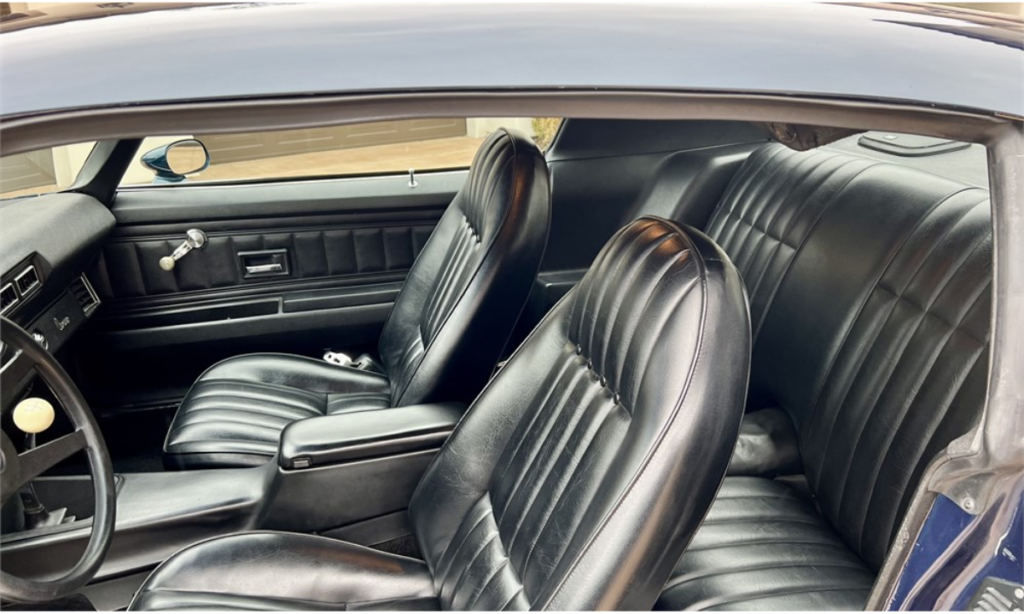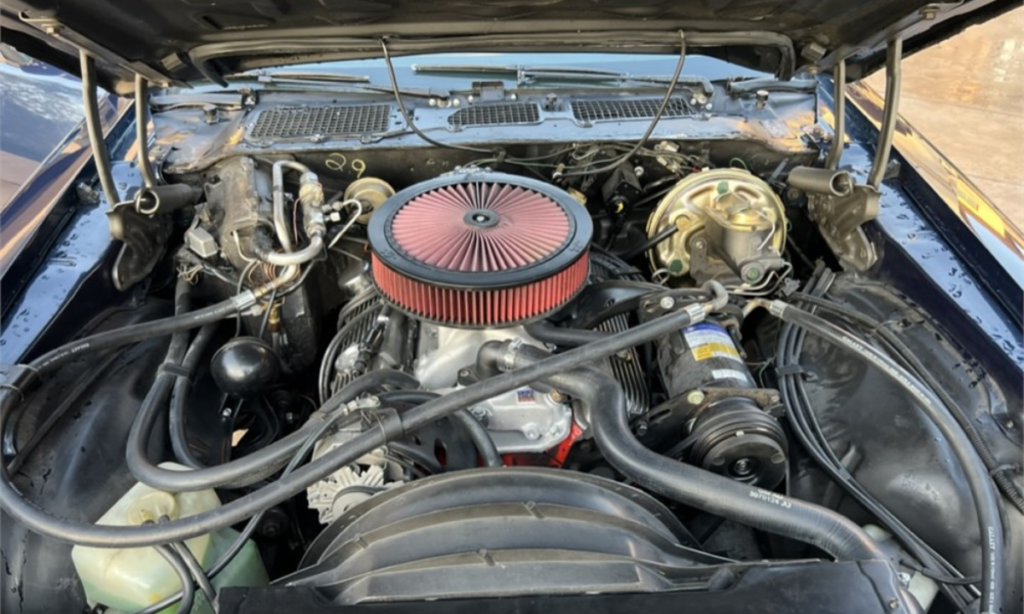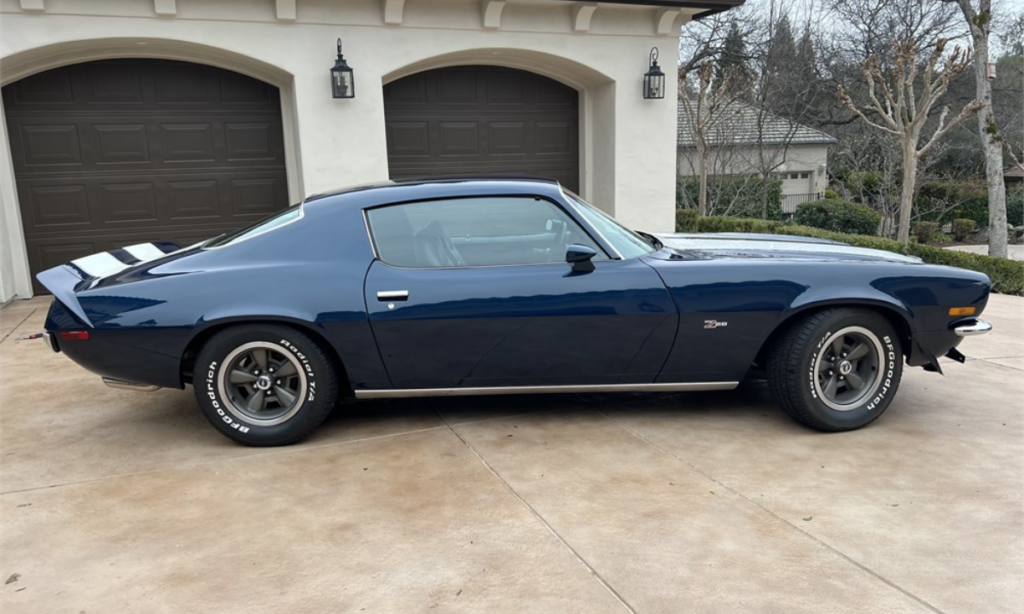The 1973 Chevrolet Camaro: A Classic Icon of the ’70s
The year 1973 marked a significant era in American automotive history, and at the forefront of that era was the 1973 Chevrolet Camaro. This classic car is not only a symbol of the ’70s but also an enduring icon that continues to captivate car enthusiasts and collectors to this day. In this comprehensive look at the 1973 Chevrolet Camaro, we’ll explore its design, performance, cultural significance, and lasting legacy.
Design and Styling:

The 1973 Chevrolet Camaro retained the distinctive and iconic styling cues that had made the Camaro a beloved classic. With its sleek and aggressive front end, bold grille, and muscular stance, the Camaro continued to turn heads wherever it went. The long hood, short rear deck, and fastback roofline were all part of the Camaro’s DNA, giving it an unmistakable and timeless silhouette.
In 1973, the Camaro was offered in various trim levels, including the base model, LT (Luxury Touring), and the high-performance Z28. Each trim level had its own unique styling touches and options, allowing buyers to customize their Camaro to suit their tastes.
One of the standout features of the 1973 Camaro was its rally sport (RS) package, which included special grille inserts, hidden wipers, and distinctive badging. This package added a touch of sophistication to the Camaro’s aggressive appearance.
Performance:

Under the hood, the 1973 Chevrolet Camaro offered a range of engine options to cater to different buyers. These engines ranged from the efficient inline-six to potent V8s, and they were available in various displacements and power outputs.
The base engine for the Camaro was the 250-cubic-inch inline-six, providing a balance of fuel efficiency and performance. However, enthusiasts were drawn to the V8 options, which included the 307-cubic-inch V8 and the high-performance 350-cubic-inch V8. The latter engine option, in particular, was part of the Z28 package and delivered impressive power and torque, making the Z28 a true muscle car.
Transmissions for the 1973 Camaro included both manual and automatic options, giving buyers the flexibility to choose the driving experience they preferred. The manual transmission was a four-speed, while the automatic was a three-speed, both offering smooth shifting and reliable performance.
Cultural Significance:

The 1973 Chevrolet Camaro was introduced during a period of significant cultural and societal changes in the United States. It was a time when muscle cars were still very much in demand, despite the challenges posed by stricter emissions regulations and rising fuel prices. The Camaro, with its blend of style and performance, epitomized the American spirit of the era.
The Camaro’s popularity extended to various forms of motorsport, including drag racing and road racing. The Z28, in particular, was a formidable contender on the racetrack, and its success further solidified the Camaro’s reputation as a high-performance machine.
Additionally, the Camaro featured prominently in popular culture, appearing in movies, TV shows, and music videos. Its striking design and powerful presence made it a favorite among filmmakers and artists who sought to capture the essence of the ’70s.
Legacy:

The 1973 Chevrolet Camaro is more than just a classic car; it’s a symbol of an era and a testament to American automotive engineering. Its timeless design and robust performance have ensured its lasting appeal among car enthusiasts and collectors. Restored and well-preserved examples of the 1973 Camaro continue to command attention at car shows and auctions, often fetching high prices.
Today, the 1973 Chevrolet Camaro is a sought-after collectible, cherished by those who appreciate its unique blend of style and performance. It serves as a reminder of a bygone era when muscle cars reigned supreme and embodies the spirit of automotive innovation and design that defined the ’70s.
In conclusion, the 1973 Chevrolet Camaro remains an enduring symbol of American automotive excellence. Its design, performance, cultural significance, and lasting legacy have cemented its place in the hearts of car enthusiasts and collectors around the world. As a classic icon of the ’70s, the Camaro continues to inspire and captivate, reminding us of a time when the open road beckoned, and the thrill of the drive was paramount.




